Stepping into Elske in Chicago is like stepping into a dream world. Chefs and co-owners Anna and David Posey have created a Scandinavian-inspired oasis of delicious food, beautiful design, and a gorgeous herb garden outside to boot. They’re also huge champions of ugly produce! Anna and David have been incorporating Imperfect into their award-winning tasting menu for a number of months so we were so excited to sit down with Anna to better understand the mind of a ugly produce-supporting chef.
What about Imperfect resonates with you as a chef?
AP: “Imperfect is everything that a chef believes in. We don’t want to waste anything and we’re cooking and manipulating a lot of food anyway so why get rid of food that’s imperfect? You go to the farmers market and you’re looking for taste, not necessarily how something looks, so I think Imperfect is exactly what chefs look for as consumers.”
Art and design are important elements of Elske. How do you think about the appearance of fruits and vegetables at the restaurant?
AP: “As an artist, I find beauty in imperfection. At figure drawing, I love drawing the not perfect model. Fruits and vegetables are like that too – you have to find beauty in the imperfect.”
How do you think about waste in your kitchen and what do you do to avoid it?
AP: “That’s a big one for us. Naturally, we avoid it. We take any fruit and vegetable waste or trimmings and smoke it over our hearth. Then we steep it in water and make this really savory tea that’s the first course in the tasting menu and it’s been on since day one. It’s very savory and umami. It’s mushroom stems, apple peelings, trimmings, dried fennel, a lot of stuff that we get in our Imperfect boxes too (pictured above). We steep that and pair it with a little rye cracker, and if we get radishes on something like that in our Imperfect box we’ll make a quick pickle or salt them to sit on top of the cracker. It’s very Danish style, smørrebrød, and that’s the first bite.
How do you incorporate produce into baking?
AP: “I love taking beets and using them in a carrot cake recipe instead of just using carrots or parsnips. It’s fun way to get creative and an easy way to get rid of waste. Also, we juice a lot of fennel. You can take the pulp that’s leftover, dry that out, and once its dry, you can grind it and make a fennel flour or carrot flour and then fold that into cake that usually has regular all purpose flour. That’s a good way to use up vegetables.”
What are other ways that Elske practices sustainability? Is it important to your customers and diners?
AP: “Waste and trying not to waste is a big one for us. We’re conscious of that whether it’s going into staff meal or going into what our diners eat. It helps us keep our cost down for consumers also. I think it’s a natural way that chefs need to start living and thinking because the world needs to be a more sustainable place. Besides that, we have a garden where we get a lot of herbs. We’re working on our rooftop garden this year. Here at Elske, we are trying to be good human beings.”
Thanks for reading and be sure to check out Elske in Chicago or follow along with them at @elskerestaurant!
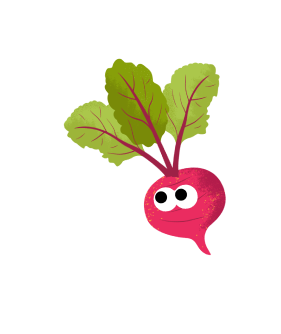
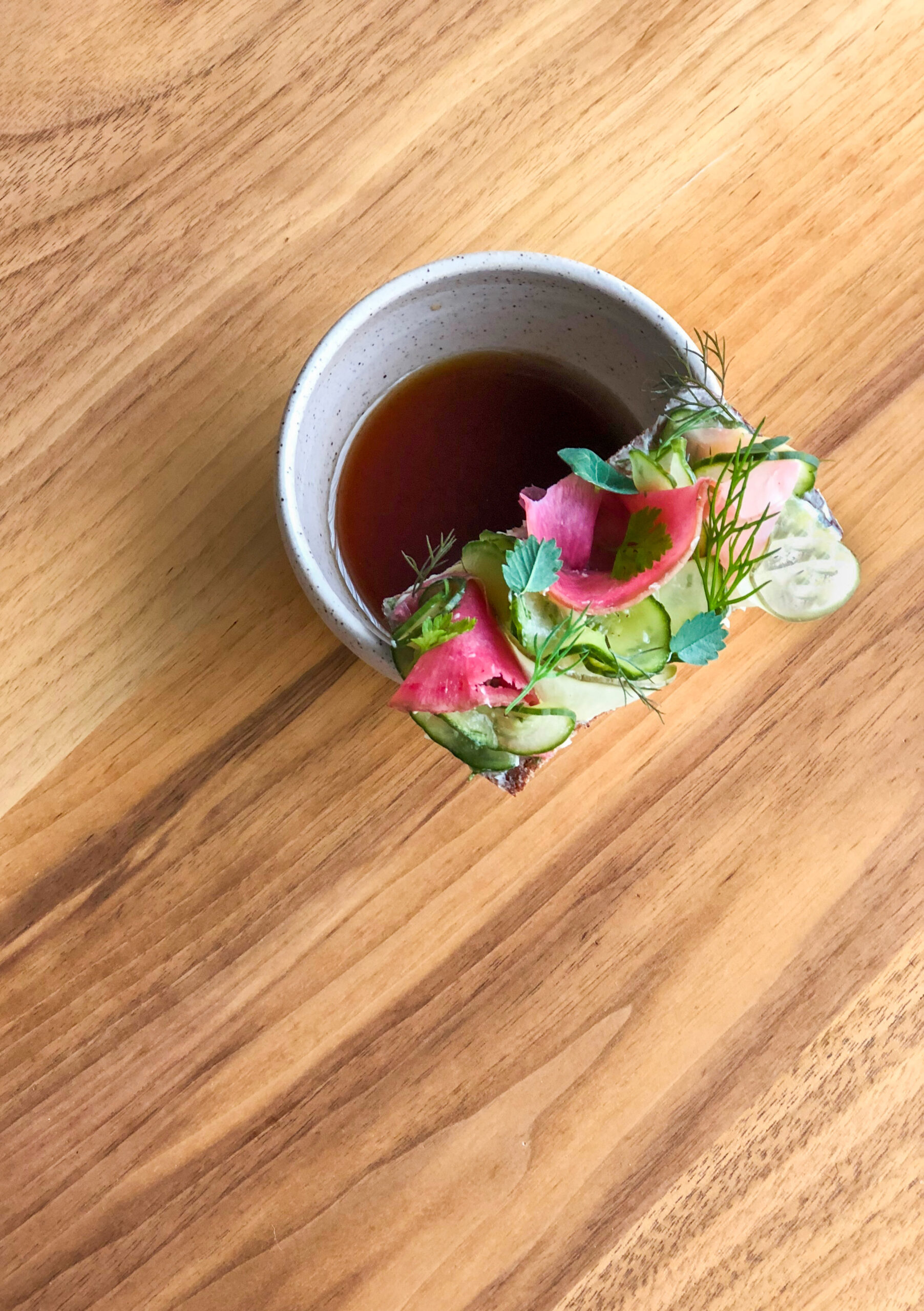


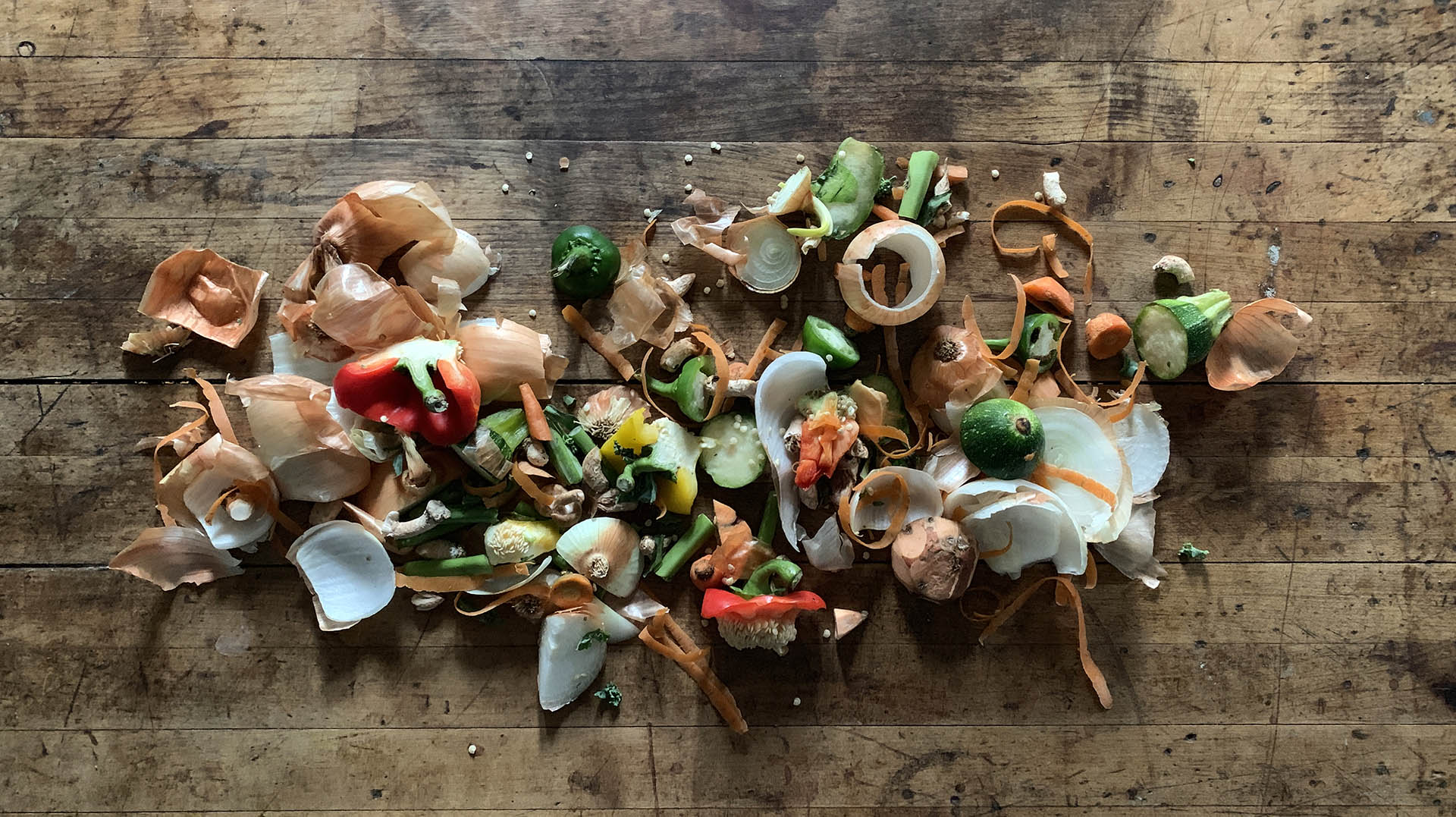
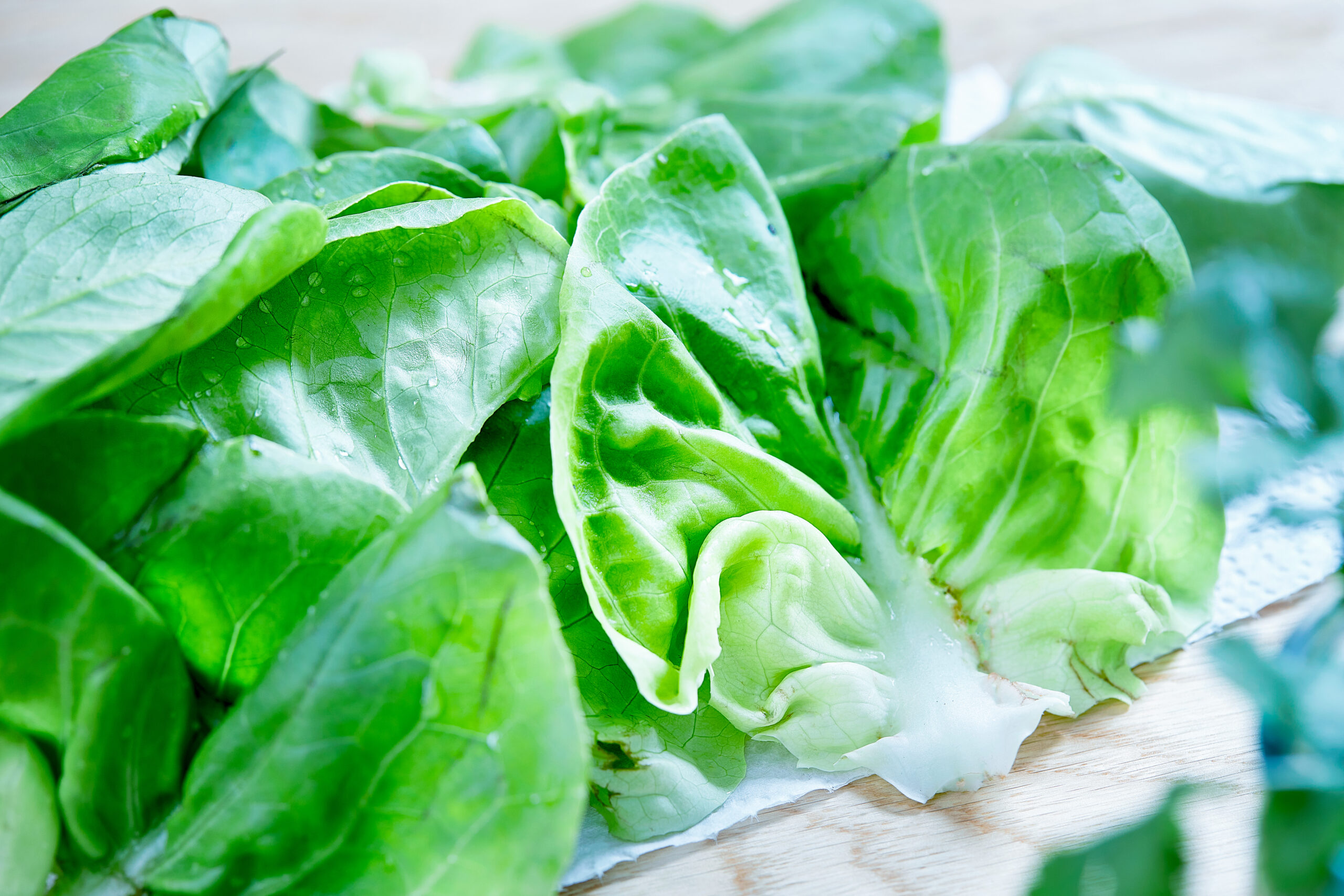
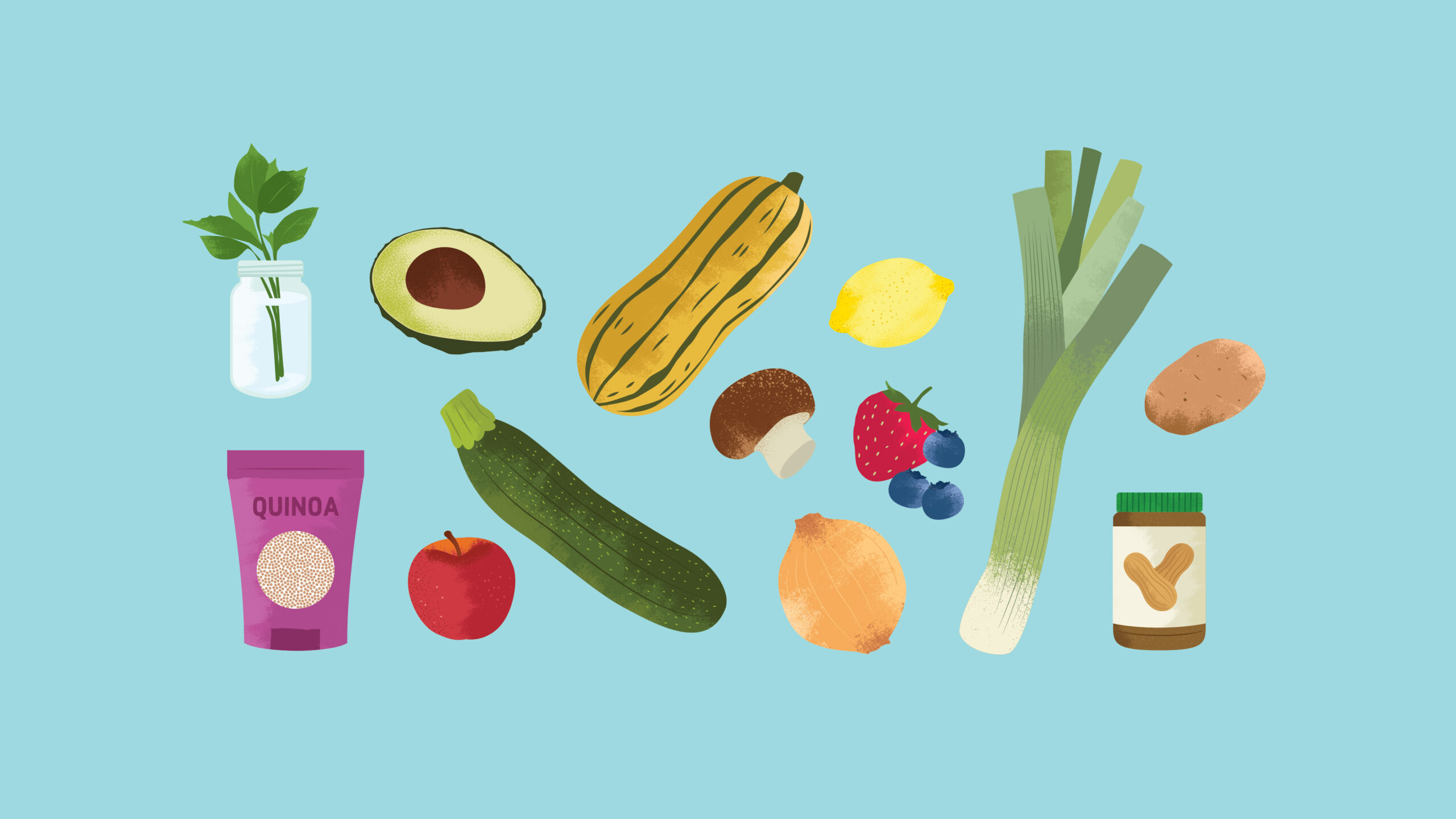

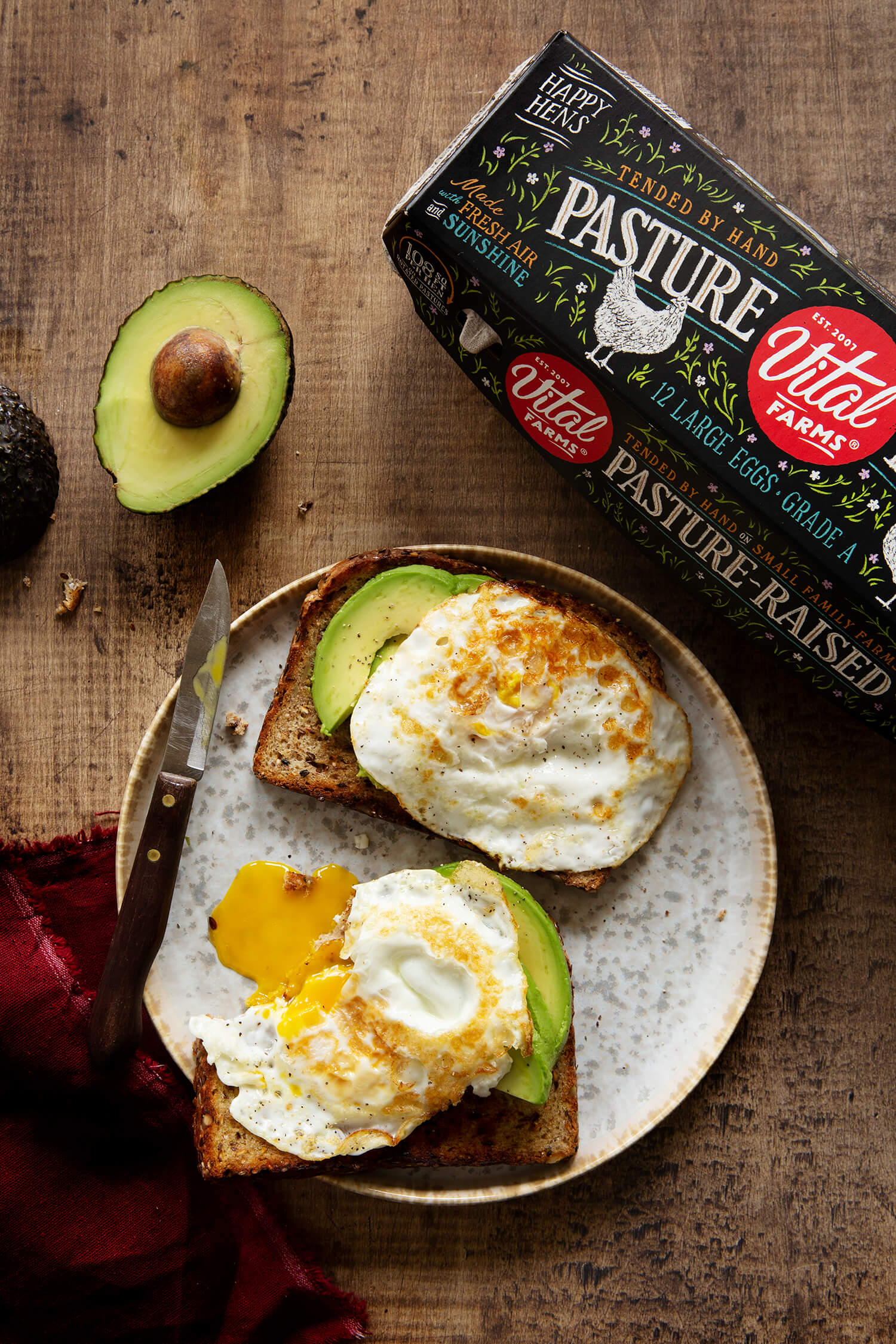

We usually throw away the peels of fruits and vegetables. But you have a given us a wonderful idea on how to utilize most out of the fruits. Savory tea and carrot flour made out of left over fruits and vegetables are really amazing. I think using carrot flour instead of all purpose flour in cakes will be more healthy. Keep continuing your experiments. Please share more such tips with us.
Most people in today’s generation are well settled. As result they don’t care to use their resources in a limited manner. They even waste a lots of food. But you have given a good example for those people. By making carrot flour and savory tea out of the fruit peels we can create less amount of waste and stay assured of utilizing fruits to the maximum. Everyone should follow this practice. Thanks for sharing your secret tips with us. For any writing help contact https://triumphessays.com/